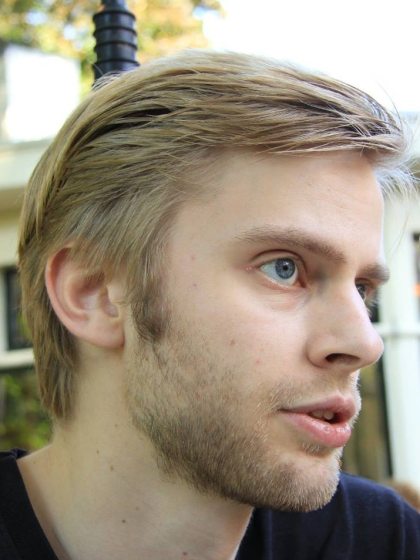G.W.M. (Gijs) Altena, MA

The use and position of Dutch in Ostfriesland (16th-19th Century)
Overarching project: ‚Grenzgänger – Sprache, Wirtschaft und Kultur im Grenzraum von Ostfriesland und dem Groninger Land seit der Frühen Neuzeit‘
Supervisors: Prof. dr. Bart Ramakers, prof. dr. Raingard Esser, prof. dr. Andrea Strübind
During the sixteenth century, many Reformed Christians from the Southern Netherlands fled to the city of Emden in Ostfriesland. This would lay the basis for an division of Ostfriesland between the Lutheran east under control of the Count of Ostfriesland and the Reformed Christian west with the rebellious city of Emden as its center. While these regions were still united in their use of Lower German, the linguistic landscape of Ostfriesland would soon follow the abovementioned division along similar lines: the Lutheran part started using High German and – seemingly in reaction – the Reformed part followed with the introduction of Dutch. For centuries, these three languages existed alongside and in interaction with each other.
While the presence of Dutch in Ostfriesland has at times been acknowledged in histories of the Dutch language, the focus usually lies on the refugees from the sixteenth century rather than the later use of Dutch. This research wishes to draw attention to the later use of Dutch in Ostfriesland, asking who used Dutch when and in what contexts; how did people reflect on Dutch in Ostfriesland, to what degree was the Dutch speaking region in Ostfriesland integrated in the broader Dutch speaking world and how did Dutch interact with Lower German and High German?
| Last modified: | 22 February 2024 07.47 a.m. |
